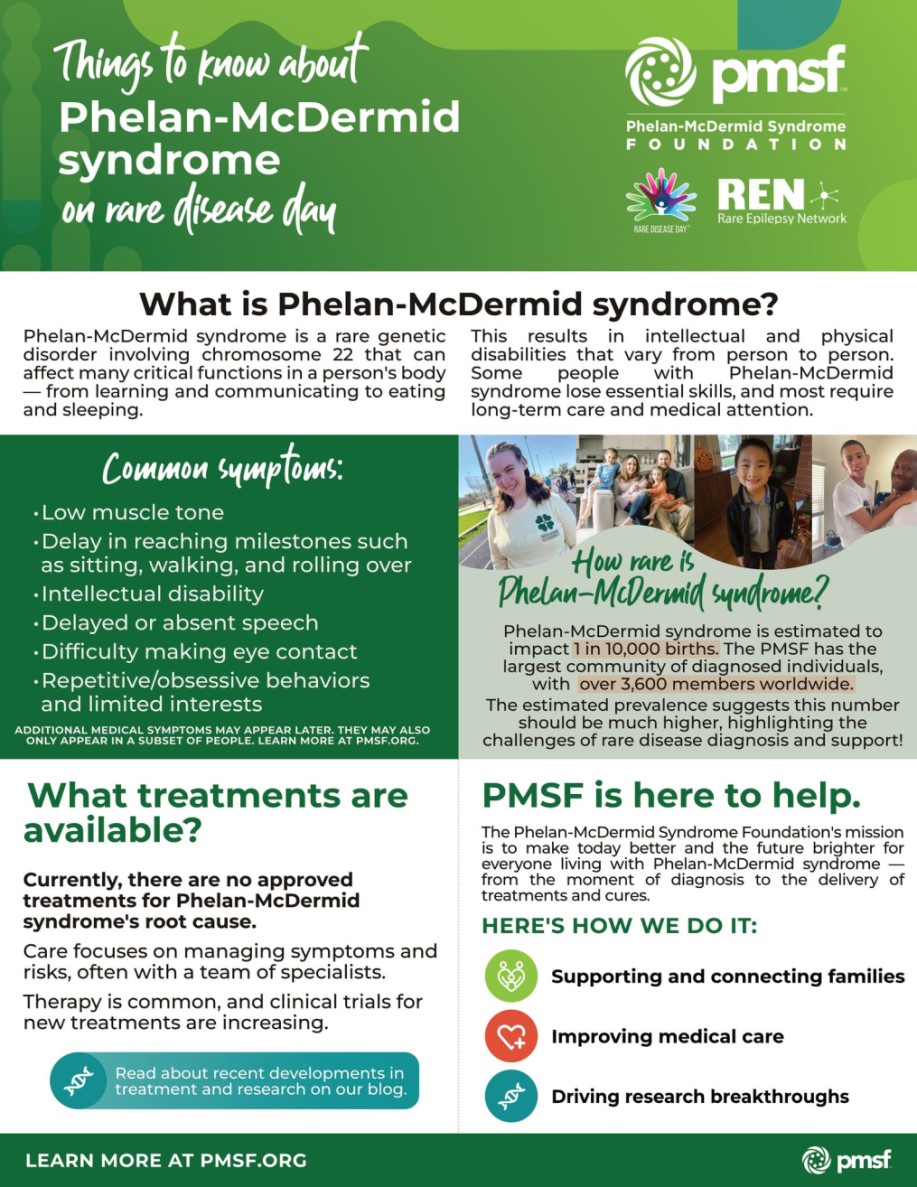
The Rare Moments
Every color tells a story, and we want to hear yours — the stories that offer fresh perspectives, inspire hope in the community, connect unexpected ideas, or simply resonate with you on a personal level.
For Rare Disease Day this February, you’ll find a curation of those stories here — The Rare Moments. Patients, families, researchers, and those dedicated to advancing rare disease treatments will be using this space to share their rare stories. From past experiences with lysosomal diseases to significant highlights of the 2025 Rare Disease Day, and even hopes for the future, you will find diverse and valuable insights that matter to our community and expand our understanding of what it means to live with and work with rare diseases.
Be sure to check back regularly throughout the month for the latest posts, and don’t forget to submit your colorful Rare Moments!
See what’s been shared
We live for the rare moments.
Thank you for sharing and reading this curation from our rare disease community!
Read our latest blog post to learn about the cell and gene therapy trends Trinity Life Sciences is watching for 2024!
This Rare Disease Day, I am thinking about how phenomenal it is to see how rare oncology patients have benefitted from the 6 CAR T treatments now available! It is exciting to watch how continued advancements have turned CAR T into a new development paradigm for autoimmune diseases – looking forward to seeing these additional patient communities benefit from cell therapy!
In celebration of Rare Disease Day, I am excited to share our most recent draft class from the 2024 Young Investigator Draft! This year we highlighted the significant potential of research in this space when powered by the platform of sports—especially as we surpassed our $1 million in total funding granted. You can watch a recap of the event at the below link!
www.youtube.comWhen my daughter was diagnosed with WAGR syndrome, none of the doctors that were treating my daughter knew anything about WAGR. Since that time, I’ve dedicated my time and energy to advocate for my daughter, spreading awareness of WAGR throughout my local and the international communities.
Wagr.orgWith extensive commercialization expertise and deep knowledge of rare diseases, Trinity Life Sciences has supported the launches of some of the most impactful drugs and therapies globally. We remain committed to helping our clients overcome unique commercialization challenges faced by specialized treatments and strive to create a better future for those living with rare diseases.
The Phelan-McDermid Syndrome Foundation is excited to celebrate Rare Disease Day 2024! You can learn more about Phelan-McDermid Syndrome by reviewing our infographic and by visiting our website at pmsf.org.

PMSF.orgWith approval of the first treatment to use gene editing to address a genetic rare disease, plus all the very recent innovations in base editing, prime editing, and lipid nanoparticle delivery, I’m hopeful we’ll see an ever-increasing number of gene editing programs in development for patient communities with genetically driven rare diseases. Kudos to the pioneers with development programs for rare cardiovascular diseases, rare blood cancers, rare hemoglobinopathies, rare bleeding disorders, rare metabolic disorders, rare neuromuscular diseases, and rare inherited retinal diseases!
So incredibly touched to receive this book from our friends at Ultragenyx. Dr. Emil Kakkis has been at the forefront of rare disease research throughout his entire career. I’m looking forward to reading this book throughout Rare Disease Week!
We are excited to share our Keto Care Project! Ketogenic diets are the current standard of care for Glut1 deficiency. Not all patients have access to ketogenic clinical or high-quality ketogenic diet support. The Keto Care Project aims to provide expert ketogenic dietician care to underserved patients and families. Would this be a useful service to your community?
www.g1dfoundation.orgThe Orphan Drug Act (ODA) of 1983 made the development of desperately needed new treatments for rare disease patient communities a possibility in ways it truly had not been before. Over the 40 years of the ODA, 6,340 orphan drug designations were granted, representing drug development for 1,079 rare diseases. Additionally, 882 of those designations resulted in at least one FDA approval for use in 392 rare diseases. While having an approved treatment option for 5% of rare disease communities is progress, we’ve seen time and again how partnering with patient communities increases efficiency. Let’s all do more of that!